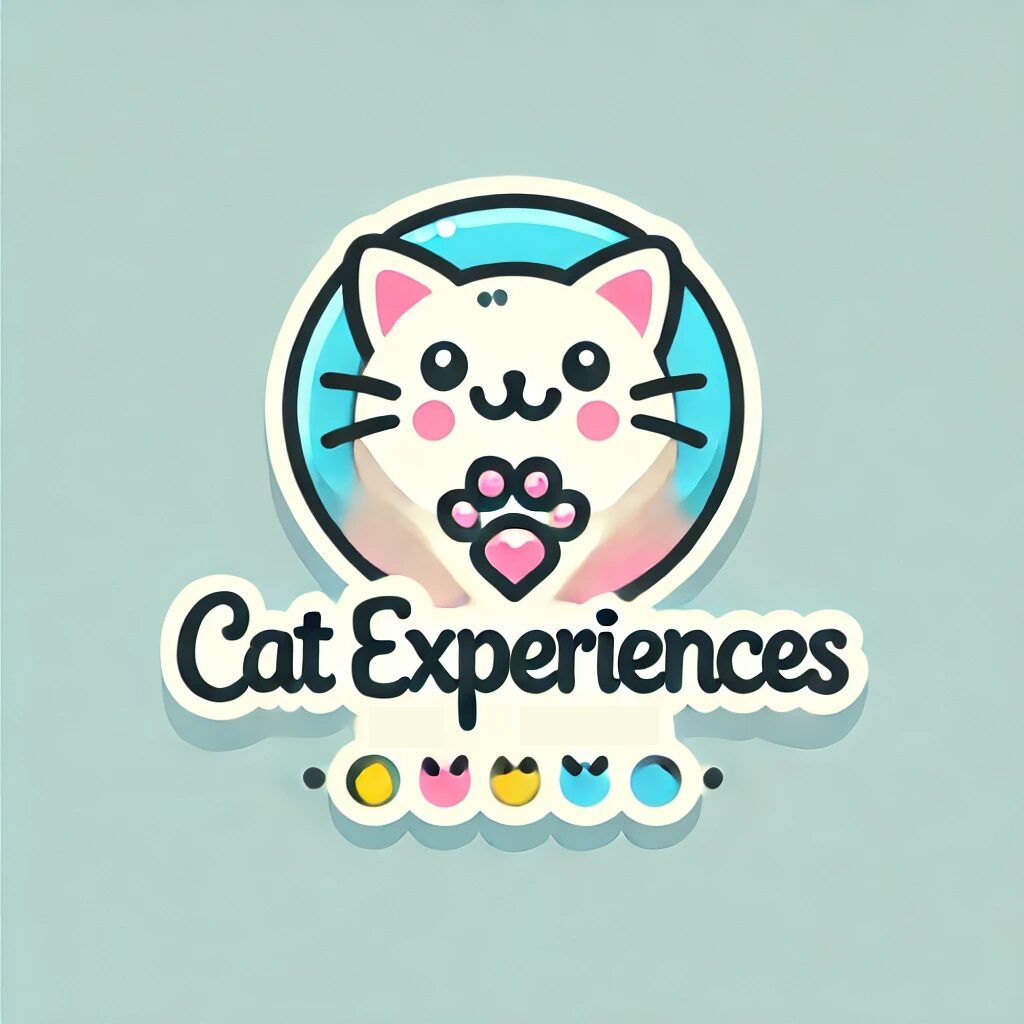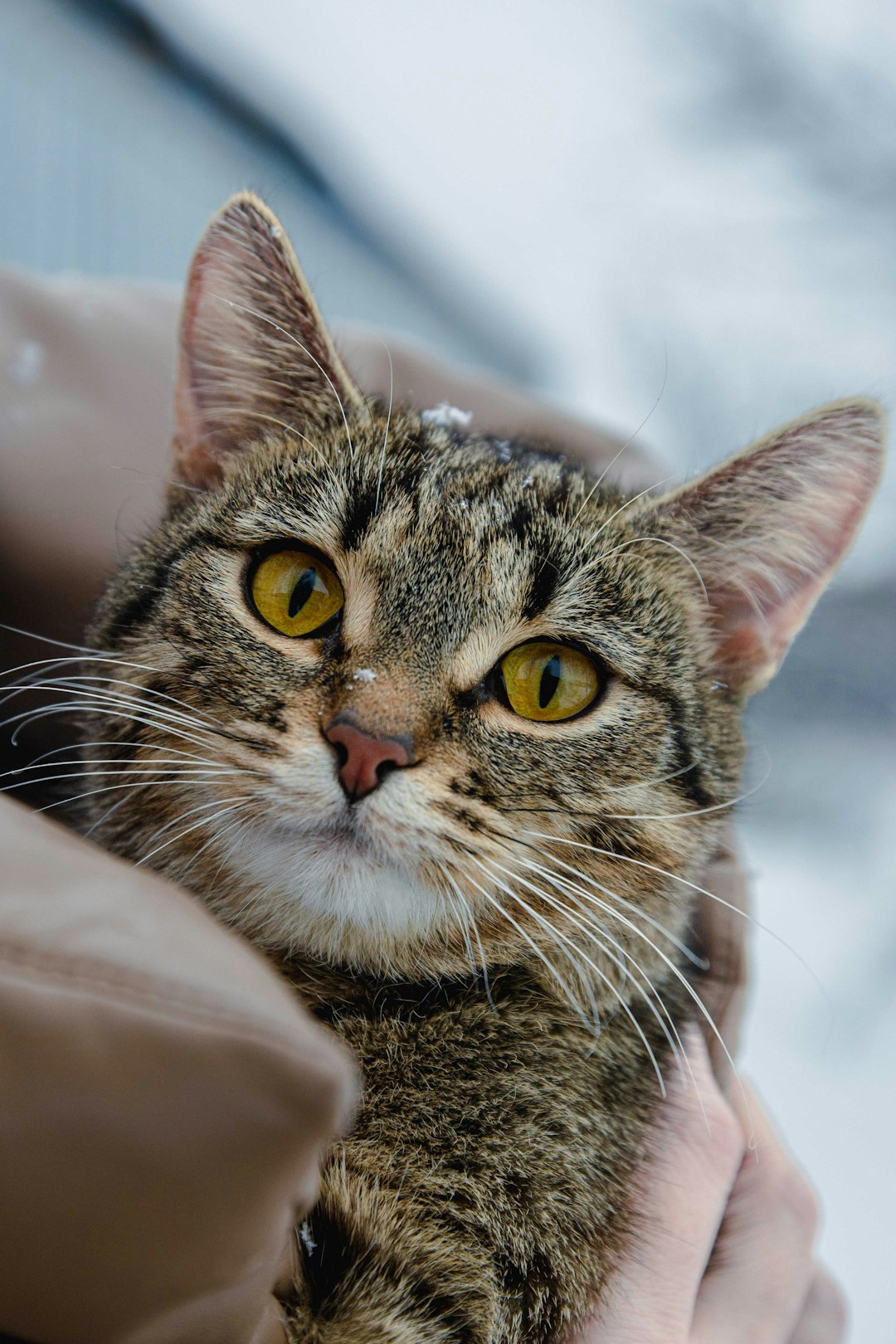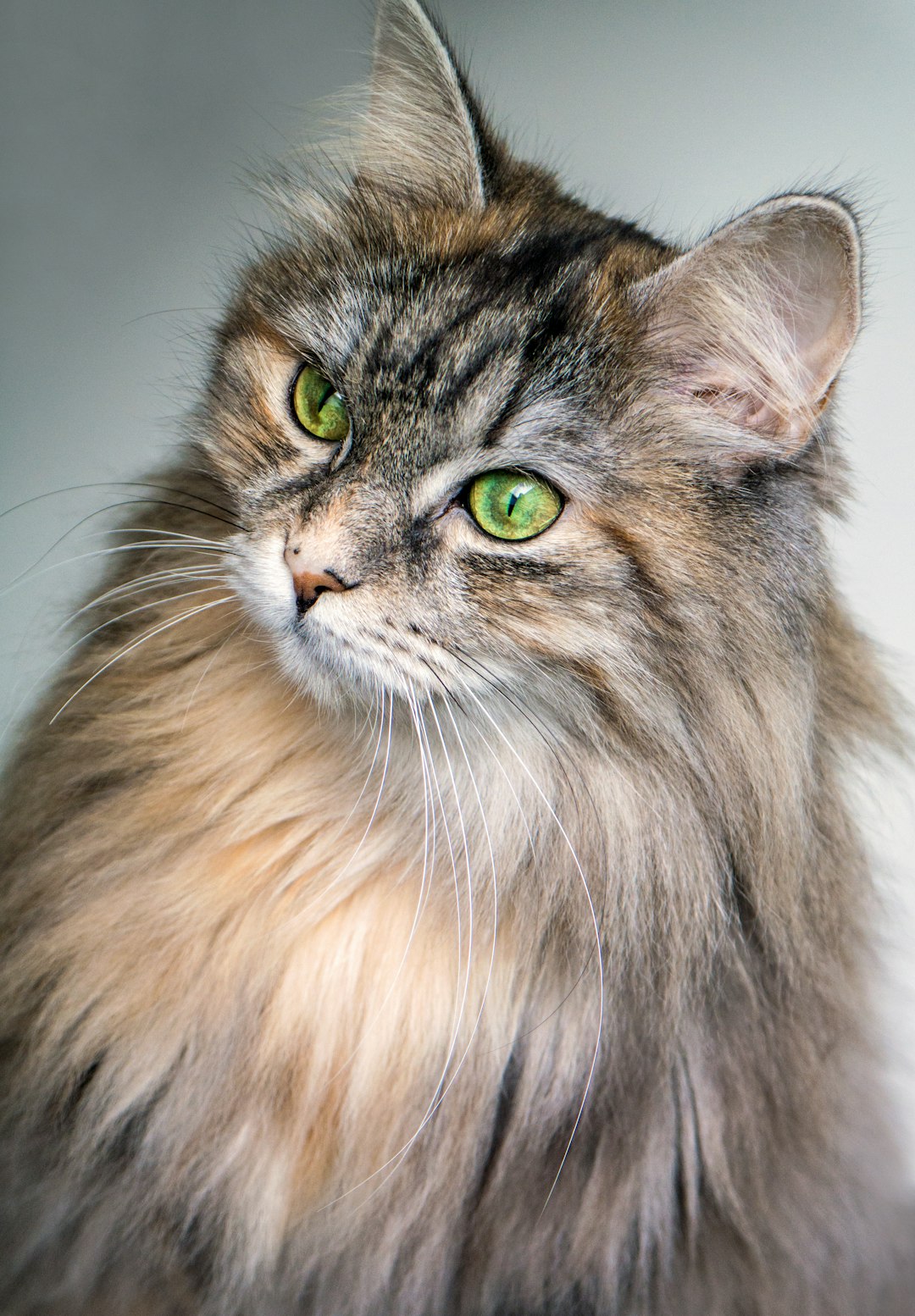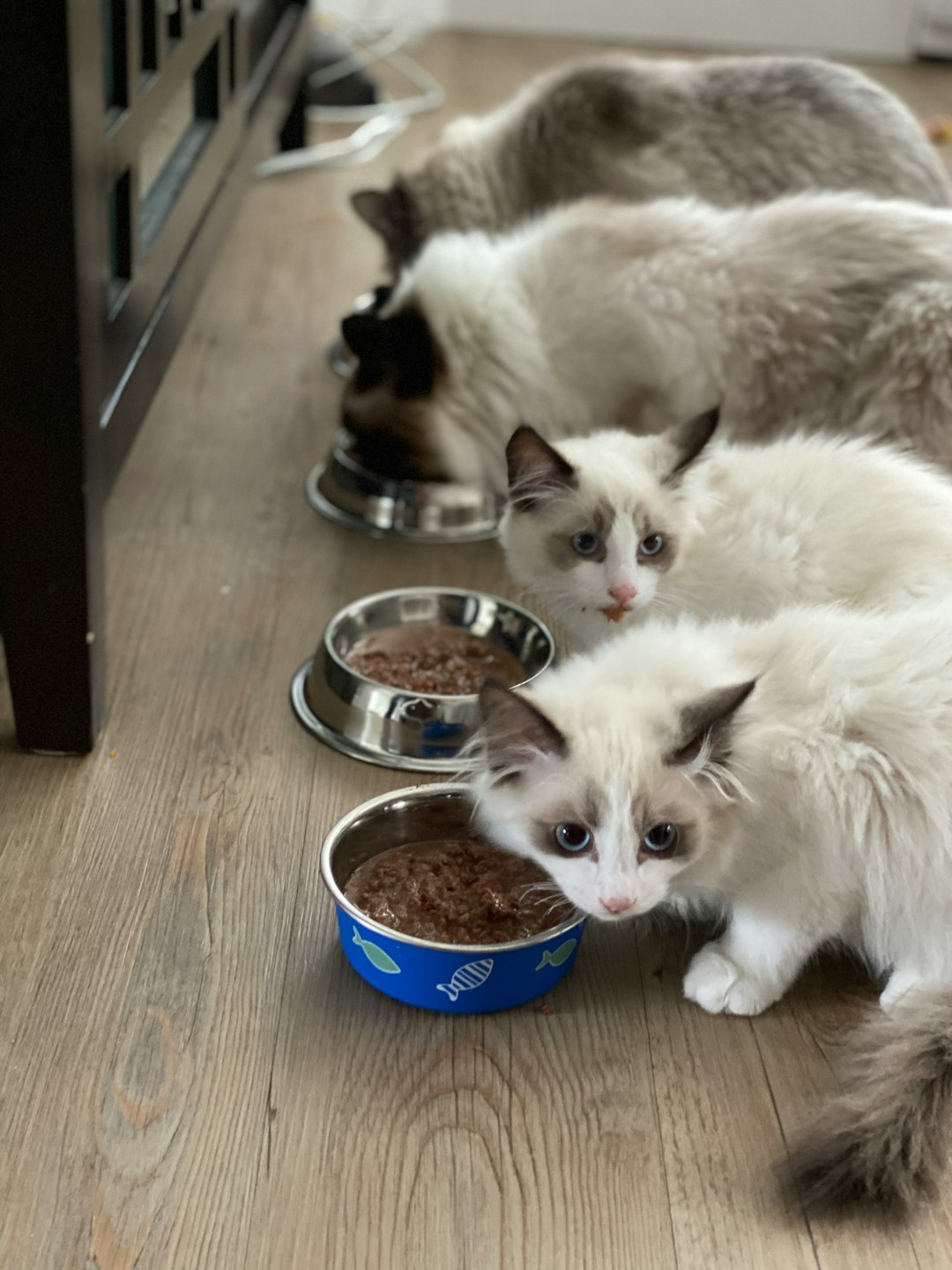Managing a cat’s health can be a challenging task, especially when dealing with conditions like hyperthyroidism. This common endocrine disorder affects many felines, leading to a range of symptoms that can significantly impact their quality of life. Hyperthyroidism in cats diet plays a crucial role in managing this condition and improving overall well-being. By understanding the importance of targeted nutrition, cat owners can make informed decisions about their pet’s dietary needs. In this blog post, we will explore essential dietary components, recommended food types, and helpful tips for transitioning your cat to a new diet, along with key insights into hydration and long-term management strategies.
Understanding Hyperthyroidism in Cats
What is Hyperthyroidism?
Hyperthyroidism is a common endocrine disorder in cats, primarily affecting middle-aged to older felines. It occurs when the thyroid glands—located in the neck—produce excessive amounts of thyroid hormones, mainly thyroxine (T4). This overproduction accelerates the cat’s metabolism, leading to various health issues. Understanding this condition is essential for proper management, as untreated hyperthyroidism can lead to serious complications.
Signs and Symptoms of Hyperthyroidism
Recognizing the signs of hyperthyroidism is crucial for early intervention. Common symptoms include:
| Symptom | Description |
|---|---|
| Increased Appetite | Cats may show an insatiable hunger. |
| Weight Loss | Despite eating more, they may lose weight. |
| Increased Activity | Hyperactive behavior is often observed. |
| Changes in Coat Condition | The fur may become unkempt or dry. |
| Vomiting or Diarrhea | Gastrointestinal issues may arise. |
Causes of Hyperthyroidism in Cats
The primary cause of hyperthyroidism is the development of benign tumors in the thyroid gland, known as adenomas. Other factors that may contribute include:
- Diet: Certain diets high in iodine may exacerbate the condition.
- Environmental Factors: Increased exposure to certain chemicals and toxins could play a role.
- Genetics: Some breeds are genetically predisposed to develop thyroid issues.
Understanding these causes can help pet owners take preventive measures and maintain an appropriate hyperthyroidism in cats diet. Regular veterinary check-ups are also essential for early detection and a better quality of life for your cat.
The Importance of Diet in Managing Hyperthyroidism
How Diet Affects Thyroid Function
Diet plays a crucial role in the management of hyperthyroidism in cats diet. Certain nutrients can either support thyroid health or exacerbate the condition. For instance, excessive iodine can lead to an overactive thyroid, so controlling iodine intake becomes vital. Additionally, the overall caloric intake must be monitored to prevent further health complications.
Benefits of Dietary Management
Managing your cat’s diet can provide several benefits, which include:
| Benefits | Details |
|---|---|
| Weight Control | Helps maintain a healthy weight, reducing stress on organs. |
| Energy Regulation | Can stabilize energy levels, preventing sudden spikes. |
| Overall Health Improvement | Aids in maintaining organ function and overall vitality. |
Moreover, specific diets formulated for hyperthyroid cats often contain lower iodine levels, effectively limiting the thyroid’s activity. By focusing on tailored nutrition, you can potentially improve your cat’s quality of life.
When to Consult a Veterinarian
It is essential to consult a veterinarian when making any dietary changes. They can guide you in selecting the most appropriate foods to manage your cat’s hyperthyroidism. Regular check-ups can also help monitor how well the dietary adjustments are working, ensuring your feline friend receives the best care possible.
Key Nutritional Components for Cats with Hyperthyroidism
Essential Vitamins and Minerals
In managing hyperthyroidism in cats diet, focusing on essential vitamins and minerals is crucial. Cats with this condition often require increased amounts of specific nutrients to support their overall health. Key vitamins such as Vitamin E and B vitamins can aid in reducing inflammation and maintaining energy levels. Essential minerals like selenium and zinc are vital for thyroid regulation and immune function.
| Vitamin / Mineral | Importance | Recommended Source |
|---|---|---|
| Vitamin E | Antioxidant, supports immune function | Fish oil, leafy greens |
| B Vitamins | Energy metabolism, stress reduction | Whole grains, organ meats |
| Selenium | Thyroid function and antioxidant properties | Brazil nuts, seafood |
| Zinc | Immune support, wound healing | Meats, pumpkin seeds |
Protein Needs for Hyperthyroid Cats
Protein plays a vital role in the diet of hyperthyroid cats, providing the necessary amino acids to maintain muscle mass and support metabolic function. A high-quality protein source helps in combating weight loss while ensuring adequate energy levels. It’s recommended to choose lean meats, fish, and specially formulated cat foods high in protein.
| Protein Source | Pros | Cons |
|---|---|---|
| Chicken | Lean, widely accepted by cats | May cause allergies |
| Fish | Rich in omega-3 fatty acids, palatable | Can be too rich in fat |
| Beef | High lean protein content | Higher risk of allergies |
Fats and Carbohydrates: What to Consider
When it comes to fats and carbohydrates, moderation is key. Healthy fats, such as those found in fish oil, can provide energy while supporting skin and coat health. On the other hand, carbohydrates should be kept to a minimum, as excessive carbohydrates can exacerbate hyperthyroid symptoms. Aim for a diet that is higher in protein and incorporates beneficial fats while limiting high-carb fillers.
| Nutrient Type | Recommended Levels | Foods |
|---|---|---|
| Healthy Fats | Moderate levels, ~20-30% of diet | Fish oil, chicken fat |
| Carbohydrates | Low levels, avoid grains and fillers | Vegetables, limited grains |
In summary, focusing on these key nutritional components in the hyperthyroidism in cats diet can significantly help manage the condition effectively.
Recommended Diet Types for Hyperthyroid Cats
When managing hyperthyroidism in cats, selecting the right diet is crucial for their health and overall well-being. There are various diet options available that can help in controlling the disease and alleviating symptoms. Here are some recommended types of diets:
Prescription Diets
Prescription diets are specifically formulated for cats diagnosed with hyperthyroidism. These diets often contain lower levels of iodine, which can help inhibit hormone production. Common features include:
| Feature | Description |
|---|---|
| Lower Iodine Content | Reduces thyroid hormone production |
| Controlled Protein | Ensures balanced nutrition without excess |
| Added Nutrients | Supports overall health and prevents deficiencies |
Homemade Diet Options
For cat owners interested in preparing their own meals, homemade diets can be effective, provided they are balanced and nutrient-rich. Consult a veterinarian or feline nutritionist before starting a homemade diet. Essential considerations include:
| Component | Importance |
|---|---|
| High-Quality Proteins | Supports muscle maintenance and energy |
| Vegetables | Provides fiber and essential vitamins |
| Omega-3 Fatty Acids | Reduces inflammation and supports skin health |
Commercial Diet Recommendations
Several commercial brands offer specialized diets for managing hyperthyroidism. These diets typically combine ease of use with tailored nutritional profiles. Recommended brands include:
| Brand | Key Benefits |
|---|---|
| Hill’s Prescription | Clinically proven effectiveness |
| Royal Canin | Tailored formulas for thyroid support |
| Blue Buffalo | Natural ingredients with added vitamins |
Choosing the appropriate diet for your hyperthyroid cat is essential in promoting better health and can significantly impact their quality of life.
Foods to Avoid for Cats with Hyperthyroidism
When managing hyperthyroidism in cats diet, it is essential to identify foods that can exacerbate the condition. Certain food types can increase iodine levels or are not conducive to your cat’s overall health. Here are key categories of foods to avoid:
High Iodine Foods
Iodine plays a crucial role in the production of thyroid hormones. Therefore, high-iodine foods should be limited in your cat’s diet. Examples include:
| Food | Iodine Level |
|---|---|
| Seaweed | Extremely High |
| Fish (certain types) | Moderate to High |
| Shellfish | High |
Low-Quality Animal Proteins
Cats need high-quality protein for their overall health, but low-quality options can contribute to weight gain and poor health. Avoid:
| Food | Reasons to Avoid |
|---|---|
| Byproducts | Low nutritional value |
| Mystery meats | Can contain fillers |
| Generic brands | Often lack quality control |
Processed and Canned Foods
Highly processed foods can be detrimental due to their preservatives and additives. Cats with hyperthyroidism should minimize:
| Food | Concerns |
|---|---|
| Commercial cat treats | Often contain poor-quality ingredients |
| Canned foods with fillers | May exacerbate health issues |
By steering clear of these food types, you can effectively support your cat’s health while managing their hyperthyroidism. Always consult your veterinarian before making significant dietary changes to ensure you are providing the best care.
How to Transition Your Cat to a New Diet
Transitioning your cat to a new diet, especially when dealing with hyperthyroidism in cats diet, requires some careful planning and patience. A gradual introduction helps reduce stress for your pet and enhances acceptance of the new food.
Steps for Introducing New Foods
- Mix the Old and New Food: Start by combining small amounts of the new food with your cat’s current food. For instance, mix 25% new and 75% old and gradually increase the new food over 7 to 10 days.
| Day | Old Food (%) | New Food (%) |
|---|---|---|
| Day 1 | 75 | 25 |
| Day 3 | 50 | 50 |
| Day 5 | 25 | 75 |
| Day 7 | 0 | 100 |
- Consistency is Key: Feed your cat at the same time each day to create a routine. Cats thrive on predictability.
Monitoring Your Cat’s Reaction
As you transition your cat, closely monitor their reaction. Look for signs such as:
- Appetite Change: Are they eating the new diet?
- Gastrointestinal Symptoms: Vomiting or diarrhea?
- Behavioral Changes: Any signs of stress or discomfort?
Record these observations and communicate any concerns to your veterinarian.
Adjusting Portions and Frequencies
Once your cat adapts to the new diet, it may be necessary to adjust serving sizes. Here are some tips:
- Regular Portion Sizes: Divide the total daily amount into two or more smaller meals to prevent overwhelming your cat.
- Hydration Importance: Ensure your cat stays hydrated, especially on dry kibble diets.
By following these steps, you can effectively transition your feline friend to a new hyperthyroidism in cats diet, ensuring they receive the nutrients they need while minimizing stress in the process.
Supplements and Hyperthyroidism in Cats
Benefits of Supplements
Supplements can play a significant role in managing hyperthyroidism in cats diet. They may help support overall health, boost the immune system, and assist in maintaining normal thyroid function. Additionally, certain vitamins and minerals can alleviate symptoms associated with hyperthyroidism, enhancing your cat’s quality of life, energy levels, and overall well-being.
Recommended Supplements
Here is a list of recommended supplements that may benefit cats with hyperthyroidism:
| Supplement | Purpose |
|---|---|
| Omega-3 Fatty Acids | Supports heart health and reduces inflammation |
| L-carnitine | Aids in energy metabolism and may help in weight management |
| Selenium | Supports thyroid health and antioxidant defenses |
| Vitamin B Complex | Enhances energy levels and supports overall health |
| Probiotics | Promotes gut health, especially important in stressed cats |
When to Use Supplements
Timing and dosage are crucial for supplementing cats with hyperthyroidism. Consult your veterinarian to determine the appropriate types and amounts based on your cat’s specific needs. For instance, if your cat shows signs of weight loss or lethargy, omega-3 fatty acids or vitamin B complex may be especially beneficial. Importantly, don’t substitute supplements for a balanced diet; use them in conjunction with a well-planned hyperthyroidism in cats diet. Always monitor your cat closely after starting new supplements to identify any adverse reactions promptly.
Hydration and Its Role in Managing Hyperthyroidism
Importance of Fresh Water
Proper hydration plays a crucial role in managing hyperthyroidism in cats. Water aids in supporting kidney function, especially since hyperthyroid cats often experience increased thirst and urination. Providing fresh, clean water encourages cats to drink more, which helps dilute potential toxins in their system and maintain overall health. Aim to change the water daily and consider using a water fountain, as the sound of running water can attract your furry friend and encourage them to hydrate more consistently.
Canned Foods vs. Dry Foods
When it comes to choosing the right diet for cats with hyperthyroidism, it’s essential to consider the moisture content in their food. Canned foods typically contain around 70-80% water, while dry foods may consist of only about 10% moisture. Here’s a quick comparison:
| Food Type | Moisture Content | Benefits |
|---|---|---|
| Canned Foods | 70-80% | Increased hydration, better palatability |
| Dry Foods | 10% | Convenient storage, dental health benefits |
Opting for canned foods not only supplements your cat’s water intake but can also make mealtime more enjoyable, which is beneficial for cats with increased appetites due to hyperthyroidism.
Signs of Dehydration in Cats
Monitoring your cat’s hydration status is vital for their well-being. Dehydration can lead to serious health issues if left unaddressed. Look for these warning signs:
- Dry gums: Gums should be moist to the touch.
- Skin elasticity: Gently pinch the skin; it should quickly return to its normal position.
- Lethargy: A decrease in energy levels may indicate dehydration.
- Sunken eyes: This could indicate fluid loss, requiring immediate attention.
If you notice any of these signs, it is crucial to consult with your veterinarian to address hydration needs and adjust hyperthyroidism in cats diet accordingly.
Monitoring Your Cat’s Weight and Health
Regular Weigh-Ins
Monitoring your cat’s weight regularly is essential for managing hyperthyroidism in cats diet effectively. A consistent schedule, such as weekly weigh-ins, helps you track any changes promptly. Use a digital scale for accuracy, and make a note of your cat’s weight in a dedicated log. This will not only assist in monitoring their overall health but also give insights into how well they are responding to the dietary adjustments.
Adjusting Diet Based on Weight Changes
As you monitor your cat’s weight, be prepared to adjust their diet accordingly. If your cat is losing weight, it may indicate that their current food plan is insufficient. Conversely, weight gain could suggest that their caloric intake is too high. Here’s a comparison table for adjustments based on weight changes:
| Weight Change | Possible Action |
|---|---|
| Weight Loss | Increase caloric intake; consult your vet for higher-calorie foods. |
| Weight Gain | Decrease caloric intake; transition to lower-calorie options. |
| Stable Weight | Continue with the current diet; closely watch for future changes. |
Signs of Improvement or Deterioration
Keep an eye out for both subtle and obvious signs of your cat’s health status. Improvements may include increased energy levels, shiny fur, and healthy appetite, whereas deterioration could present as lethargy, excessive weight loss, or changes in behavior. Document any observations and consult your veterinarian for guidance to ensure that the hyperthyroidism in cats diet is effectively supporting your feline friend’s needs.
Long-Term Management of Hyperthyroidism in Cats
Managing hyperthyroidism in cats requires a long-term approach that includes regular monitoring, dietary adjustments, and additional management strategies. This ensures that your feline companion remains healthy and retains a good quality of life.
Routine Veterinary Check-Ups
Regular veterinary visits are crucial in the long-term management of hyperthyroidism. Routine check-ups allow your veterinarian to:
| Purpose | Frequency |
|---|---|
| Monitor thyroid hormone levels | Every 3-6 months |
| Assess overall health | Every 6 months |
| Adjust medication dosages | As needed |
Routine check-ups help detect any changes in your cat’s condition early on. Your vet can adjust treatment plans accordingly, ensuring your cat receives optimal care.
Dietary Adjustments Over Time
As your cat ages, their dietary needs may change, and so should their hyperthyroidism in cats diet. Regular assessment of their nutrition helps in adjusting their diet, which can include:
| Dietary Changes | Reason |
|---|---|
| Shift to lower iodine diets | Reducing thyroid hormone production |
| Introduce fresh, high-quality proteins | Supporting overall health |
| Incorporate wet food | Enhancing hydration and palatability |
Making gradual changes to the diet ensures that your cat’s nutritional requirements are met while managing their hyperthyroid condition effectively.
Other Management Strategies
Besides diet and routine vet visits, other strategies for managing hyperthyroidism include:
- Medication: Adhering to the prescribed medication regimen is vital for controlling hormone levels.
- Radioactive Iodine Therapy: A more aggressive treatment option may be necessary for some cats, requiring careful consideration with your veterinarian.
- Environmental Enrichment: Providing stimulation can help reduce stress, which may exacerbate hyperthyroidism symptoms.
Incorporating these management strategies, alongside a well-planned hyperthyroidism in cats diet, contributes significantly to your cat’s long-term health and well-being.
Frequently Asked Questions
What is hyperthyroidism in cats and how does it affect their diet?
Hyperthyroidism in cats is a common endocrine disorder where the thyroid gland produces excess thyroid hormones, leading to increased metabolism. This condition can cause weight loss, increased appetite, and hyperactivity. Diet is crucial for managing hyperthyroidism; a balanced low-iodine diet can help reduce hormone production. Additionally, providing high-quality protein and calorie-dense foods may support weight maintenance in affected cats.
What types of food should I avoid for a cat with hyperthyroidism?
When managing a cat with hyperthyroidism, it’s essential to avoid foods high in iodine, as iodine can exacerbate the condition. This includes certain seafood and iodized salt. Additionally, commercial cat foods that do not list low-iodine formulations should be avoided, as well as any diet that may lead to rapid weight loss, since maintaining a healthy weight is vital for these cats.
Can I feed my cat homemade meals if they have hyperthyroidism?
Yes, you can prepare homemade meals for a cat with hyperthyroidism, but it’s crucial to consult with a veterinarian or a veterinary nutritionist. They can help formulate a balanced diet that meets the cat’s nutritional needs while considering iodine restrictions. Homemade diets can offer variety, but should include high-quality protein sources and be low in iodine to effectively manage the condition.
How often should I feed my cat with hyperthyroidism?
Feeding frequency for cats with hyperthyroidism can vary, but it’s generally recommended to feed smaller, frequent meals throughout the day. This approach can help manage their appetite and support stable blood sugar levels. Offering three to four meals daily is common, but ensure consistent access to fresh water and adjust portion sizes as per the vet’s recommendations based on the cat’s weight and overall health.
Are there any special treats I can give to my cat with hyperthyroidism?
When selecting treats for a cat with hyperthyroidism, opt for those that are low in iodine and high in protein. Commercial treats formulated specifically for cats with thyroid conditions are ideal, but be sure to read labels carefully. Alternatively, you can offer small amounts of plain cooked chicken or turkey, avoiding any seasoning. Always ensure treats are given in moderation to maintain your cat’s overall dietary balance.



